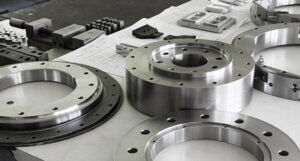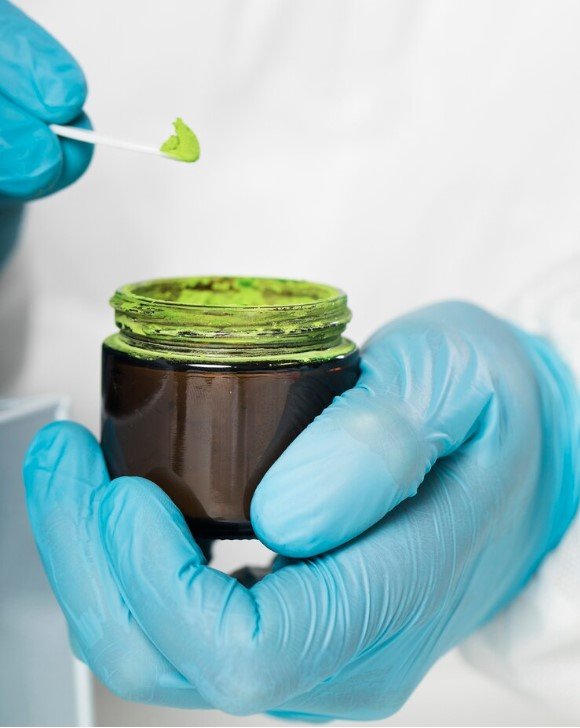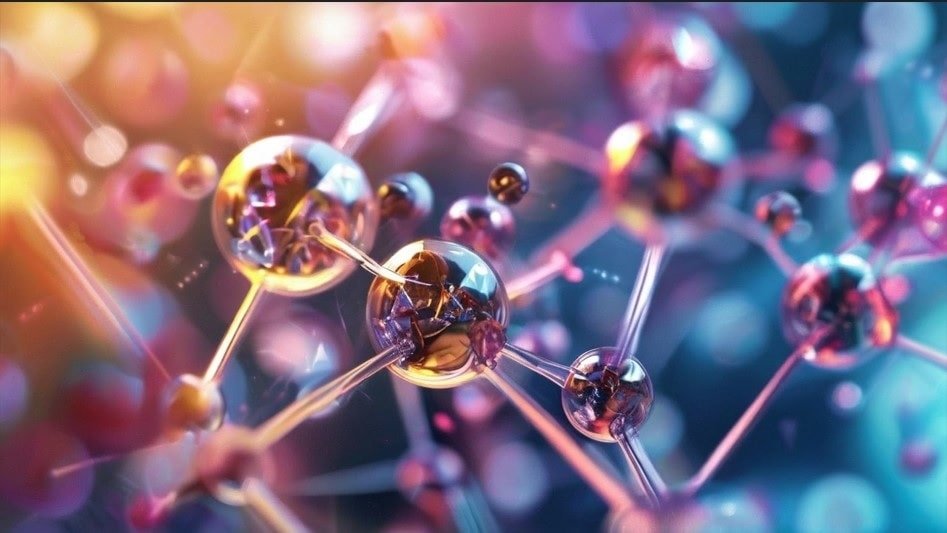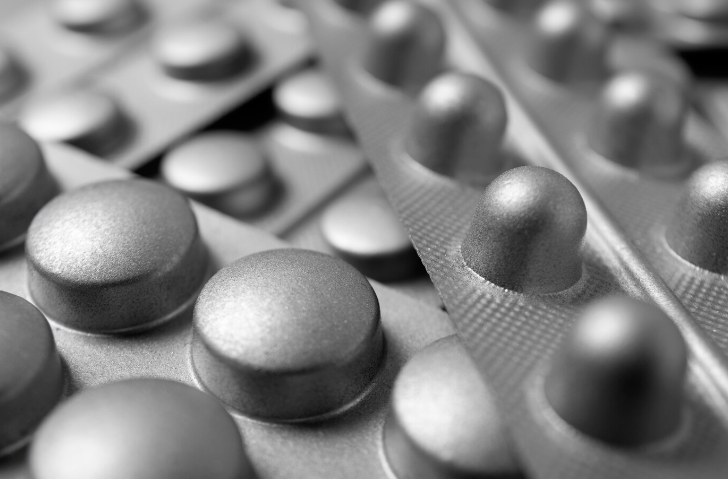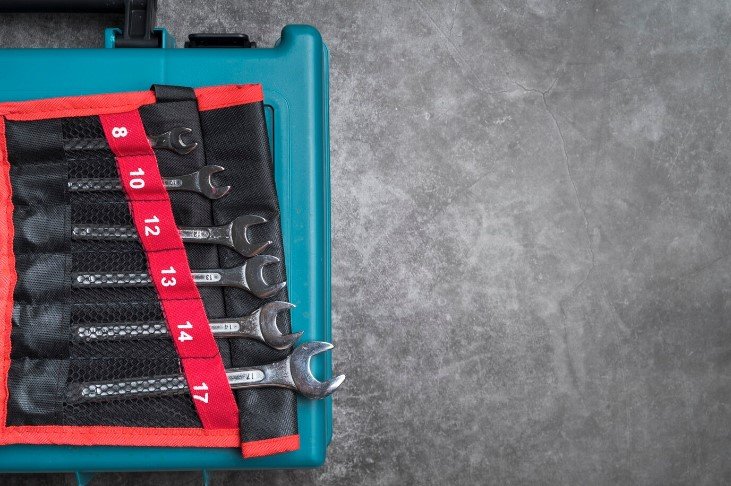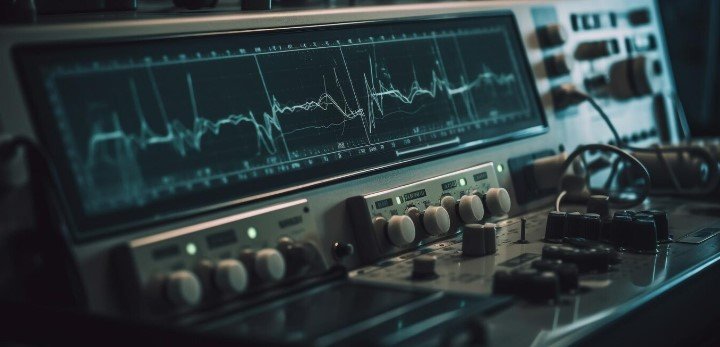A Few Tips for Advanced Platers
Several Advint’s blog readers had asked for more information on fundamental terms of electroplating such as electromotive force (emf) and electrode potential.
Transition elements of group 11 (Cu, Ag Au) and group 6 (Cr, Mo W) exhibit different current distribution properties mainly because of electrode potential and specific conductance.
Current Distribution Properties are the attributes of:
- ion-ion interactions,
- electrode kinetics,
- thermal reaction,
- Gibb’s free energy, and
- electrolyte dissociation.
Why are these electrochemical properties relevant to industrial electroplating professionals?
Deposit properties such as throwing power depend on shape and contour of the cathode component, the surface area ratio of anode and cathode, the distance between anode and cathode, and electrolyte conductance. Let us see how are these related to current distribution and the scientists behind a few critical theoretical concepts.
Types of current distribution:
- There are three types of current distribution–primary, secondary, and tertiary.
- The resistance at the electrode interface affects primary current distribution.
- The resistance of the solution affects secondary current distribution.
- Polarization of the electrolyte because of the presence of organic chemicals like aromatic and aliphatic compounds and cyanide affects tertiary current distribution.
During 1889 Arrhenius explained the influence of temperature on the chemical reaction, and Julius Tafel during 1905 explained the influence of electric potential on the electrolysis. J.A.V Butler and Max Volmer’s subsequent findings might have enabled Hull cell design and formula, as these comprehend primary and secondary current distribution properties. It also relates Arrhenius (1887) interpretation of electrolyte dissociation, equilibrium, and the concentration of the respective metal ions to electrode potential and influences current distribution property (throwing power).
Practical Benefits:
There are many terms, concepts, and characteristic benefits given in the previous paragraphs. Let us make practical sense of it and relate using two examples of plating electrolytes–one which offers an exceptional and another poor throwing power.
Cyanide silver plating electrolyte possesses good throwing power property and hexavalent chromium plating electrolyte possesses poor throwing power property. We all know the properties. But what one needs to consider is the property range within any electrolyte. The mere use of electrolyte type, cation, and anion or a formulation does not ensure an effective property, such as throwing power. There is always an effective operating range, and I know you would want to maximize the potential. Correct?
This thought propels a deeper understanding of the concepts explained earlier in this blog. Now, let us get back to the cited examples–cyanide silver plating and hexavalent chromium plating. Silver plating possesses the unique deposit properties because of electrode potential, presence of simple cyanide ion, lower temperature, and electrolyte dissociation. Hexavalent chromium plating process performance is because of electrode potential (insoluble anode), higher temperature, presence of a catalyst (SO4), and dissociation.
Finally, on any deposition process, if you are looking to optimize current distribution properties focus on electrode potential, electrolyte conductance, temperature, anion and cation type, dissociation and equilibrium, and polarization.
To further simplify, consider the following actions:
- Optimize anode-cathode surface area and ratio (including auxiliary anode)
- Identify and control electrochemical and chemical parameters within a narrow specification range.

Posted By:Venkat Raja
May 01, 2019
Tags:

